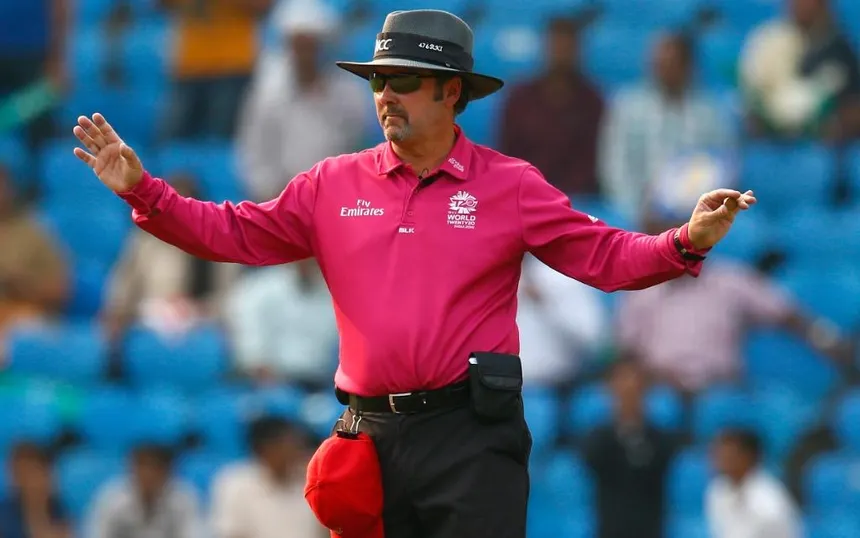
The International Cricket Council (ICC) is actively considering a radical overhaul of the World Test Championship (WTC) for the 2027–29 cycle, proposing a two-division structure aimed at intensifying competitiveness and ensuring more meaningful fixtures. The model, currently in discussion among full member boards, would split the 12 Test-playing nations into two tiers of six teams each, with the top division featuring the historically dominant sides and a system of promotion and relegation based on performance.
Under the draft plan, Division 1 would consist of the “big three”—India, Australia, and England—along with South Africa, New Zealand, and Sri Lanka, based on current rankings and recent performances. This elite grouping would play regular high-profile bilateral series among themselves, further enhancing the commercial value of the WTC and catering to consistent broadcaster demand.
Meanwhile, Division 2 would include Pakistan, West Indies, Bangladesh, Afghanistan, Zimbabwe, and Ireland. These teams would compete against each other, with the top performer potentially earning promotion to Division 1 in the next cycle. The exact mechanism—whether direct promotion or via playoffs—is still under deliberation, as is the frequency of such movement between tiers.
At the heart of this restructuring effort is the ICC’s desire to inject greater meaning into bilateral Test cricket, while also protecting its relevance amidst the growing dominance of T20 leagues. By ensuring a more compact, competitive calendar, the governing body hopes to retain fan engagement and bolster television revenues.
However, the proposal has triggered concerns, particularly among those likely to start in Division 2. Critics argue that separating the teams could widen the financial and competitive divide. Being in Division 2 could mean fewer marquee matchups, reduced broadcast interest, and ultimately, less revenue—posing a serious challenge for smaller cricket boards already grappling with funding and infrastructure constraints.
In response, the ICC is reportedly examining financial safeguards for Division 2 participants. These could include revenue-sharing mechanisms, support grants, or “parachute payments” for teams relegated from Division 1, to ensure they remain viable and competitive. Furthermore, provisions for hosting high-stakes inter-divisional matches or cross-tier tours could be introduced to avoid isolation of lower-ranked teams.
A working group, including senior administrators from major boards such as the BCCI, ECB, and Cricket Australia, is expected to submit detailed recommendations by December 2025. Final approval would require backing from two-thirds of the full-member nations.
Supporters of the two-tier system believe it could reinvigorate Test cricket by ensuring matches with clear stakes and pathways for progress. They also see it as a way to protect the format’s integrity without compromising on commercial appeal. Detractors, however, warn it risks entrenching elite dominance and marginalizing already vulnerable cricketing nations.
As discussions evolve, the ICC finds itself at a crucial crossroads—striving to balance tradition, competitiveness, and financial sustainability in a cricketing ecosystem increasingly driven by short-format leagues. The final verdict on this proposed structure could mark a defining moment in Test cricket’s long and storied journey.

